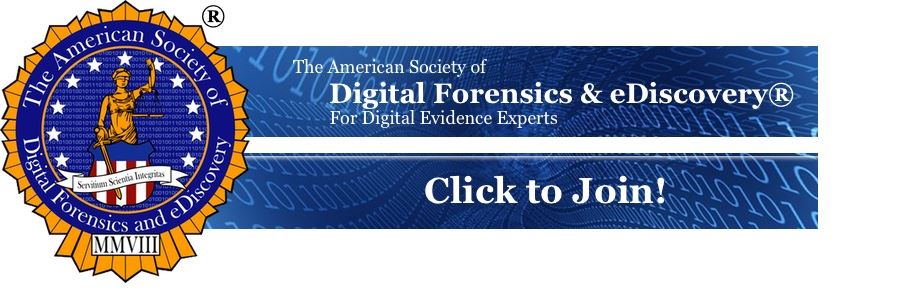-
-
Chain of custody
-
Chain of custody in computer forensicsIn computer forensics, a chain of custody is a system used to document the handling and storage of digital evidence. The computer forensics chain of custody ensures the integrity and reliability of the evidence collected and prevents any tampering or contamination. The computer forensics chain of custody begins when the evidence is collected until presented in court. It involves documenting every person who has come into contact with the evidence and the location and storage conditions. The computer forensics chain of custody is crucial in the investigation process. The first step is to identify and collect the evidence. Many people collect digital evidence, including law enforcement officers, attorneys, paralegals, security professionals, forensic scientists, and technicians. Computer forensics is not limited to criminal cases but is critical in collecting and processing digital evidence in civil cases. The evidence collection must preserve its integrity. When collected, each evidence item should be carefully labeled and documented. It includes information such as the collection date and time, the location obtained, and a detailed description of the evidence. The digital evidence is transported to a secure location for further analysis and storage. It may be a crime lab, a forensic laboratory, a secure office, or another area designated for the safekeeping of evidence. The chain of custody documents each step in this process through a log or record-keeping system for the computer forensic process. Throughout the investigation process, the evidence must maintain the computer forensics chain of custody to ensure integrity of the evidence. The secure location should follow industry best practices, such as evidence storage in a locked cabinet or room with limited access to only those individuals who are authorized to handle it. In addition, the handling of the evidence must be carefully documented at all times. It includes information about who accessed the evidence, when this occurred, and for what purpose. Any changes to the evidence, such as testing or analysis, must also be documented. A chain of custody is vital to the case. At trial, the chain of custody establishes the reliability and integrity of the evidence presented. When the computer forensics chain of custody is, the evidence may be deemed inadmissible in court. For example, if the evidence has been mishandled or contaminated, it may be impossible to determine its authenticity or relevance to the case. With a properly documented chain of custody, it may be easier to decide who has had access to the evidence and whether it has been tampered with. To maintain the integrity of the computer forensic chain of custody, it is essential that all individuals involved in the investigation process understand the importance of following proper procedures and documenting their actions. It includes all individuals who may come into contact with the evidence. In conclusion, a computer forensics chain of custody is a crucial system used to track and document the handling and storage of evidence in a criminal investigation. It ensures the integrity and reliability of the collected evidence and prevents tampering or contamination. By carefully maintaining the chain of custody throughout the investigation process, law enforcement agencies can ensure that the evidence they present in court is reliable and admissible. |



